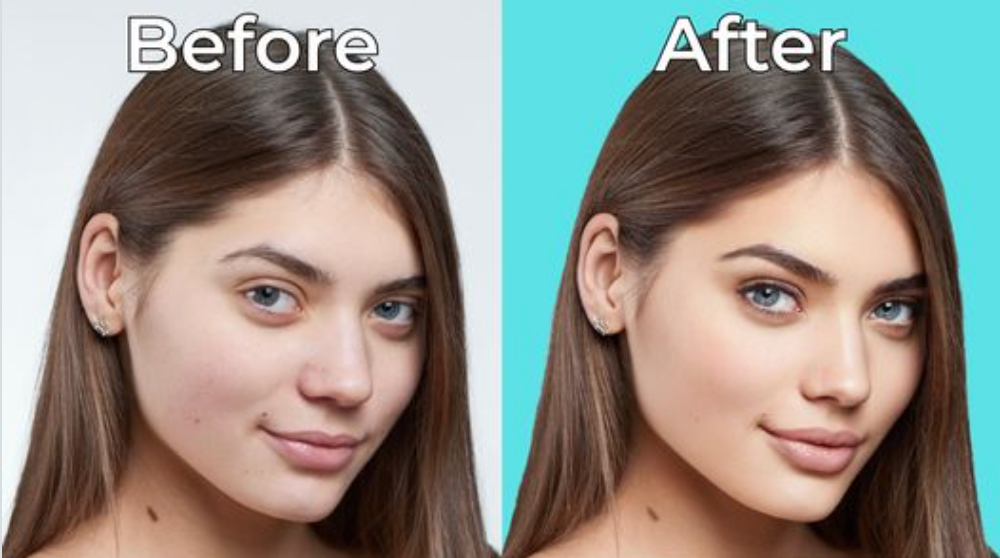Difference between revisions of "FaceApp's AI Facial Transformation Feature"
From SI410
(added photo) |
(try 2) |
||
| Line 4: | Line 4: | ||
The facial transformation features are in FaceApp's gender category. The app gives three choices named 'masculine' or 'feminine' followed by numbers 1 or 2. The choices given represent different artificial intelligences used to modify a user's photos, the higher the number, the greater degree a photo is edited. | The facial transformation features are in FaceApp's gender category. The app gives three choices named 'masculine' or 'feminine' followed by numbers 1 or 2. The choices given represent different artificial intelligences used to modify a user's photos, the higher the number, the greater degree a photo is edited. | ||
...text text text | ...text text text | ||
| − | [[File:mediawiki1.png|frame| | + | [[File:mediawiki1.png|frame|'''right'''|'''50px''']] |
text text text... | text text text... | ||
Revision as of 00:46, 27 January 2022
FaceApp's AI Facial Transformation Features detect a user's face and modify it to an airbrushed version.
Features
The facial transformation features are in FaceApp's gender category. The app gives three choices named 'masculine' or 'feminine' followed by numbers 1 or 2. The choices given represent different artificial intelligences used to modify a user's photos, the higher the number, the greater degree a photo is edited. ...text text text
text text text...
History
FaceApp was released in 2017 for IOS and Android by Yaroslav Goncharov. FaceApp became viral after fans of celebrities were reversing the AI effects used in their instagram photos and switching their genders using FaceApp. [1]
